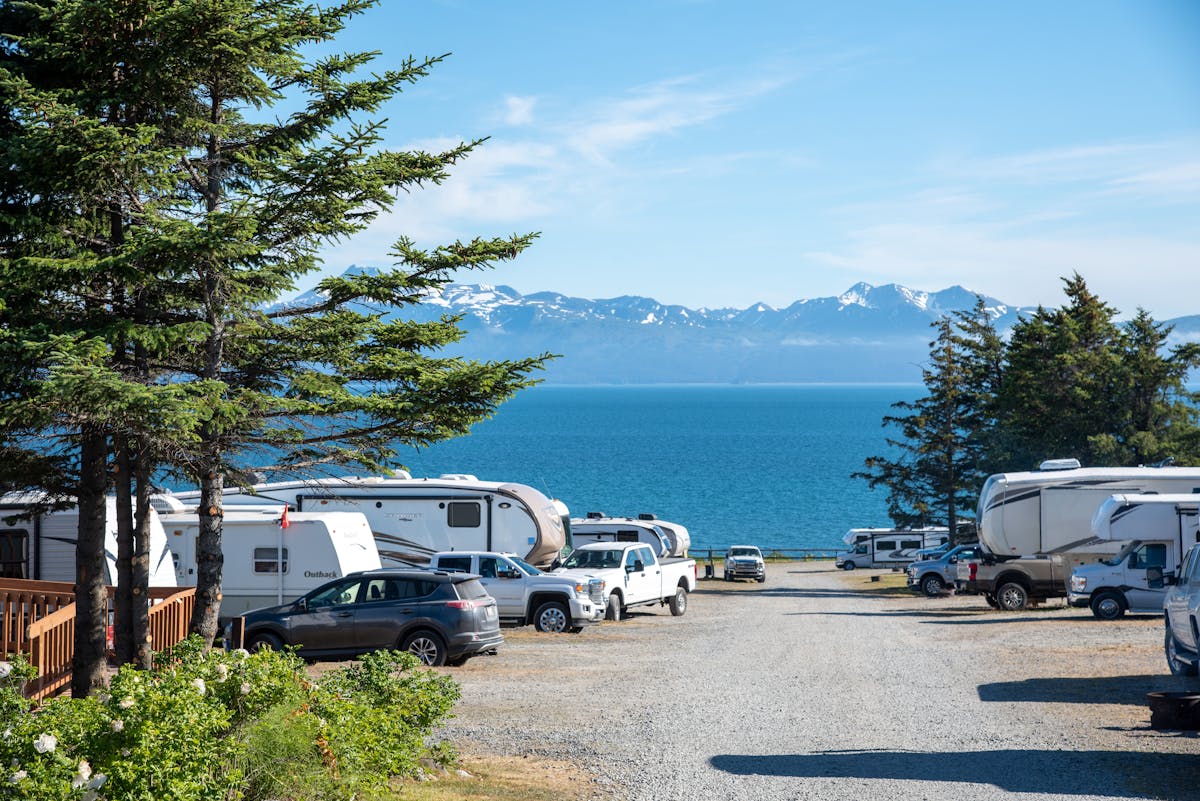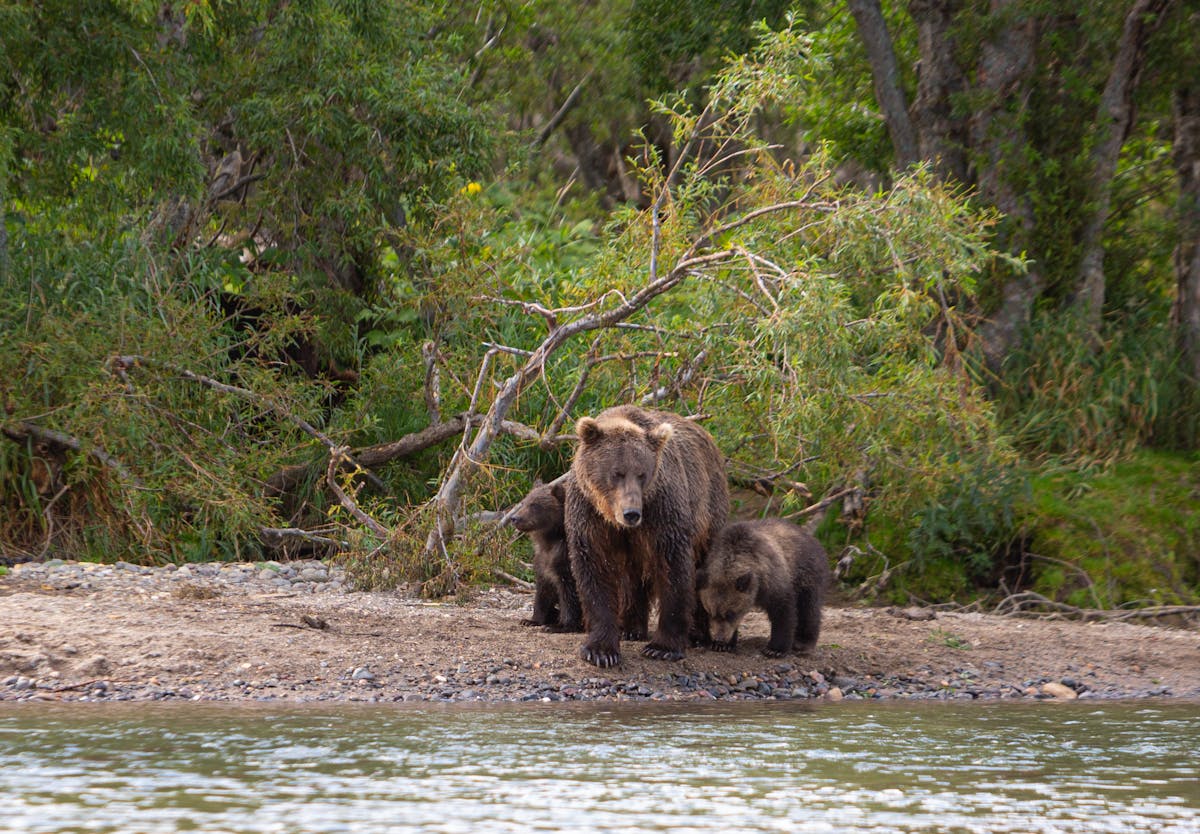Welcome to Alaska, a land of unparalleled natural beauty, rich history, and incredible experiences. Known as the Last Frontier, this vast state offers everything from towering mountains and expansive glaciers to vibrant wildlife and unique cultural encounters. If you’re wondering “Where To Go In Alaska” for your next adventure, prepare to explore a destination that will captivate your senses and leave you with unforgettable memories. From bustling cities with surprising culinary scenes to remote wilderness areas accessible only by plane, Alaska truly has something for every kind of traveler seeking wonder and excitement.
The sheer scale of Alaska is daunting yet exhilarating. Planning a trip requires understanding its diverse regions, each offering distinct landscapes and activities. Whether you dream of witnessing the Northern Lights dance across the sky, spotting grizzly bears fishing for salmon, hiking rugged trails, or delving into the history of the Gold Rush, Alaska provides the perfect backdrop for your journey. Let’s embark on a virtual tour to uncover the must-see destinations and experiences that define this extraordinary state.
Iconic Destinations When Deciding Where To Go In Alaska
Alaska boasts several renowned destinations, each serving as a gateway to unique adventures. Anchorage, the state’s largest city, is often the starting point for many visitors. It combines urban amenities with easy access to wilderness, offering museums, restaurants, and nearby hiking trails like those in Chugach State Park. It’s a good base for exploring Southcentral Alaska.

Further north lies Fairbanks, known as the “Golden Heart City.” Fairbanks is famous for its prime location for viewing the Northern Lights during the winter months and its long summer days with the Midnight Sun. It also offers insights into Interior Alaska’s gold mining history and serves as a jumping-off point for exploring the Arctic.
For a different pace, head to Juneau, Alaska’s capital city, nestled in the Tongass National Forest in the Inside Passage. Juneau is accessible only by air or sea, adding to its charm and exclusivity. Here, you can explore the Mendenhall Glacier, go whale watching, or hike through lush rainforests.
Another gem in the Inside Passage is Ketchikan, known for its vibrant Tlingit culture and abundant totem poles. As a popular cruise ship port, it offers easy access to Misty Fjords National Monument and boasts a rich history tied to logging and fishing. These cities provide a starting point for delving deeper into Alaska’s wonders.
The Magic of Alaska’s National Parks
When considering “Where To Go In Alaska,” its national parks are undoubtedly at the top of the list for nature lovers and adventurers. Denali National Park and Preserve is home to North America’s tallest peak, Denali (formerly Mount McKinley). A single road winds through the park, offering opportunities to see grizzly bears, caribou, moose, and wolves in their natural habitat. Visitor access is primarily via park buses to protect the delicate ecosystem.

Glacier Bay National Park and Preserve in the Inside Passage is a UNESCO World Heritage site renowned for its stunning tidewater glaciers. Exploring Glacier Bay by cruise ship or boat tour allows you to witness massive ice calving events and discover marine wildlife like humpback whales and sea otters. The park’s dynamic icy landscape is constantly changing.
Planning Your travel to las vegas nevada
Plan Your Perfect Mackinac Island Vacation – Your Essential Guide
Exploring Cities In Las Vegas – Uncovering Nearby Wonders 2025
Kenai Fjords National Park near Seward showcases dramatic coastal scenery where mountains, ice, and ocean meet. The Exit Glacier is accessible by road, but boat tours are essential for exploring the park’s rugged coastline, observing abundant marine life, and seeing calving glaciers originating from the Harding Icefield. These parks offer iconic Alaskan wilderness experiences.
Unique Alaskan Experiences
Beyond the famous landmarks, Alaska offers a plethora of unique experiences. Seeing the Northern Lights (Aurora Borealis) is a bucket-list item for many. Fairbanks and surrounding areas offer the best chances from late August to April, but clear, dark nights are essential. Joining a guided tour or staying in a remote lodge can enhance your viewing experience.
Wildlife viewing is central to any Alaskan trip. Whether it’s bear viewing in Katmai National Park or along the coast, watching migrating whales from a boat, or spotting eagles and other birds, Alaska is a paradise for animal enthusiasts. Different regions offer different wildlife encounters depending on the season.
For the adventurous, dog mushing is an iconic Alaskan sport and pastime. You can experience summer kennel tours or winter dog sled rides, offering a taste of the state’s sled dog culture, made famous by the Iditarod race. It’s a thrilling way to connect with Alaska’s heritage and stunning winter landscapes.
Cruising is a popular way to see the Inside Passage, visiting coastal towns and viewing glaciers and wildlife from the water. It’s a comfortable option that allows you to see multiple destinations without extensive travel planning on land. Alternatively, consider small ship cruises or ferries for a more intimate experience.
Diving into Alaska’s Culture and History
Exploring “Where To Go In Alaska” also means engaging with its rich cultural tapestry and fascinating history. Alaska is home to diverse Indigenous cultures, including the Inupiat, Yupik, Aleut, Alutiiq, Athabascan, Tlingit, Haida, and Tsimshian peoples. Visiting cultural centers and museums, particularly in places like Fairbanks, Anchorage, Juneau, and Ketchikan, provides valuable insights into their traditions, art, and history. Respecting local customs and supporting Indigenous artists and businesses is crucial.
The history of the Alaska Gold Rush is another compelling narrative. Towns like Skagway retain much of their turn-of-the-century charm, offering historical tours that recount the arduous journeys of prospectors seeking fortune. Learning about this period provides context for Alaska’s rapid development and settlement.
Even exploring the operations of the state government can offer a unique perspective on Alaska’s development and governance. Understanding the state’s structure, as outlined on the official government portal, highlights the scale of managing resources, services, and infrastructure across such a vast and challenging environment.
 Department of Health Logo
Department of Health Logo
Alaskan food reflects its abundant natural resources. Sampling fresh seafood, particularly salmon, halibut, king crab, and scallops, is a must. Many restaurants feature locally sourced ingredients, offering a taste of the state’s wild bounty. Trying indigenous-inspired dishes or classic Alaskan comfort food provides further culinary insight.
Planning Your Alaskan Journey
Deciding “Where To Go In Alaska” depends heavily on your interests, budget, and the time of year. Summer (June to August) offers the warmest weather, longest daylight hours, and best access to national parks and wildlife viewing, but it’s also the busiest and most expensive season. Spring and Fall are shoulder seasons, offering fewer crowds and potential savings, though weather can be unpredictable. Winter is ideal for Northern Lights viewing and winter sports but challenging for travel in some areas.
Transportation within Alaska is diverse. Flying is often necessary to cover vast distances, with small bush planes serving remote areas. The Alaska Railroad offers scenic journeys between major cities like Anchorage, Denali, and Fairbanks. Driving is possible on the limited road network, but accessing many key attractions requires tours, ferries, or flights.
Accommodation options range from luxury lodges and hotels to cabins, campgrounds, and B&Bs. Booking well in advance, especially for summer travel, is highly recommended. Packing layers of clothing is essential due to changeable weather conditions.
 Department of Family and Community Services Logo
Department of Family and Community Services Logo
Ultimately, Alaska is a destination that rewards planning and a spirit of adventure. It challenges you to step outside your comfort zone and immerse yourself in a truly wild and untamed environment.
Frequently Asked Questions About Where To Go In Alaska
What is the best time of year to visit Alaska?
The best time depends on your interests. For wildlife viewing, hiking, and comfortable temperatures, summer (June-August) is ideal but also the busiest. For Northern Lights, winter (late August-April) is prime time, especially in interior Alaska. Shoulder seasons (May, September) offer fewer crowds and potentially lower prices.
How do I get around Alaska?
Getting around this vast state can involve flying (including bush planes), taking the Alaska Railroad, driving on the limited road system, or using the Alaska Marine Highway System (ferries) in the Inside Passage. The mode of transport often depends on your destination.
What wildlife can I see in Alaska?
Alaska is famous for its wildlife, including grizzly bears, black bears, caribou, moose, wolves, Dall sheep, whales (humpback, orca), sea otters, seals, eagles, and numerous bird species. Wildlife viewing opportunities vary by location and season.
Is Alaska expensive to visit?
Yes, Alaska can be an expensive destination due to transportation costs, seasonal demand, and the logistical challenges of operating in remote areas. However, various accommodation and activity options can help manage costs.
Can I see the Northern Lights in Alaska?
Yes, Alaska is one of the best places in the United States to see the Northern Lights (Aurora Borealis). The best viewing locations are typically in interior Alaska (like Fairbanks) during the dark months from late August through April, on clear nights away from city lights.
What should I pack for a trip to Alaska?
Layering is key for Alaskan weather. Pack waterproof and windproof outer layers, warm fleece or insulated mid-layers, moisture-wicking base layers, sturdy hiking boots, insect repellent (especially for summer), and bear spray if hiking in certain areas. Don’t forget sunglasses, sunscreen, and a hat, even in cooler weather.
Is it necessary to book tours in advance?
Yes, it is highly recommended to book major tours, accommodations, and transportation, especially during the peak summer season. Popular activities like bear viewing trips, glacier tours, and train rides can sell out months in advance.
Ready for Your Alaskan Adventure?
Deciding “Where To Go In Alaska” is the first step on a journey to one of the world’s most spectacular destinations. Whether you’re drawn by the call of the wild, the allure of the Northern Lights, the richness of its cultures, or the simple majesty of its landscapes, Alaska promises an experience unlike any other. Start planning your adventure today and get ready to explore the wonders of the Last Frontier.
